The secret to the longevity of any vehicle is regular maintenance. Preventative maintenance will also save you money in the long run. Reduce your fuel consumption simply by ensuring your ignition coil is working properly and that your tyre pressure is correct. It’s the little things in life that make all the difference. Learn how to check your engine oil and it’s efficiency. Or how to increase your safety by replacing your old windscreen wiper blades.

The secret to the longevity of any vehicle is regular maintenance. Preventative maintenance will also save you money in the long run. Reduce your fuel consumption simply by ensuring your ignition coil is working properly and that your tyre pressure is correct. It’s the little things in life that make all the difference. Learn how to check your engine oil and it’s efficiency. Or how to increase your safety by replacing your old windscreen wiper blades.
- How to check and change your engine oil
- An easy guide to change your car’s air filter
- Give your car the best head start and change the ignition coil
- Under pressure: get your tyre pressure just right
- Replace your windscreen wiper blades in these few easy steps
- Advance your DIY skills on your car – try these techniques
Some of the most common vehicle maintenance tasks are easy to tackle at home. With a little preparation, you can do them yourself. More complicated tasks should be trusted to the professionals, particularly if they require special tools. When it comes to electrical faults, it’s best to take your car to a workshop where they can run a diagnostic using their advanced software and repair the problem. Brakes are another repair you should not take on without any prior experience – after all, it’s your safety at stake. And even though you can change a tyre, it can be faster and relatively cheap to take your car into a workshop where they have professional garage equipment.
If you think that there is nothing left for you to do, don’t worry. There are plenty more basic car checks that you can do yourself with your DIY tools. You can check and change the oil, regularly check your tyre pressure and change your air filter in your own workshop. Here are our five basic car maintenance checks you can do to keep your car purring like a kitten.
How to check and change your engine oil
Every car is different and with practise, you can learn what yours need. Regular oil checks are an important part of your vehicle’s maintenance. Finding the oil tank is pretty straightforward, just pop the hood and look for the container with the oil symbol. The dipstick should be right next to it where you can measure the oil level. If you are not too sure, you can always check your car’s manual.
Be sure to only measure your car’s oil level when the engine is cold, because otherwise you will not get a clear level reading. Have an old rag handy for when you pull out the dipstick to wipe it clean. Then dip it back in and check the oil level. The oil should leave a clear line at the end of the stick, somewhere between the minimum and maximum mark. If the level is below the minimum, you should top up the oil. Each car has specific requirements for which oil it can use. Check carefully and clarify with your mechanic if in doubt. Remember to fill up a little at a time, it’s better to be under the maximum line, because the oil will also warm up once the engine starts running.
Another basic car service is an oil change. Your logbook should let you know the date of the last oil change. It’s recommended to change the oil filter at the same time as the oil change. This ensures that the clean oil stays clean on its way to the engine. The oil change can be a little tricky because most of the work is done under the car. If you decide to go to a mechanic’s workshop, they can easily lift the car and have the facilities to dispose of the old oil correctly.
-
High Lift Jack – 2,500 kg
129.00 €119.00 € -
Rack and Pinion Jack – 3,000 kg
-
Ratchet Axle Stand 2 pcs.
-
Hydraulic Car Jack – 18,000 kg
159.00 €149.00 €
An easy guide to change your car’s air filter
You need to clean your air filter regularly to ensure that your engine performance is at its best while maintaining optimum air quality and fuel consumption. Refer to your car’s service logbook for the latest air filter change and to find out which air filter is right for your car.
Once you have your new filter, check for the air filter box under the bonnet. It should be marked with a symbol – refer to your cars manual to find out what yours looks like. Unscrew the screws and open the box to remove your old air filter. Once you have taken it out, make sure you clean the area with either a vacuum cleaner or a damp cloth before you put your new filter in. You will find that most air filters are fairly intuitive to place inside the box, once you have done so, retighten the screw and voila! You are ready to go!
Give your car the best head start and change the ignition coil
If your car’s engine is not easy to start or it’s running erratically, then it might be a defective ignition coil. You can find it near the cylinder block or the spark plugs. To change it, you just need to take off the cable caps that lead to the spark plugs. Be sure to number them so you can put them back correctly. Then you need to remove the electrical connection by slowly loosing the clip and pulling it off.
Once your cables are disconnected, loosen the screws and remove the defective coil from its holder. Check the ignition cables for damage and corrosion. If all looks good, give it a good clean and spray with Air Intake Cleaner.
Now attach the new coil with the original screws, paying extra attention to the manufacturer’s torque. Replace each spark plug cable cap back in it’s correct slot and connect the coil pack back to the electric connector. If the plugs are in the correct position, your car will start up successfully.
Under pressure: get your tyre pressure just right
Tread and pressure are the most important maintenance factors on your cars tyres. The pressure ensures your safety on the road. If it is too low, your fuel consumption can also increase.
Check your manual to find out your vehicles optimum tyre pressure. Then unscrew the cap from your tyres air valve and connect the tyre pressure gauge firmly onto the valve. If it makes a sound, readjust your connection until the noise disappears. Press lightly to increase or decrease the pressure until your tyre pressure matches that of your manual. Disconnect and close the cap and repeat on each wheel.
Replace your windscreen wiper blades in these few easy steps
Don’t put up with smears across your windscreen, just replace your windscreen wipers yourself and enjoy the clear view of the rainy roads. Windscreen wiper maintenance is relatively simple and can easily be done as a DIY project.
Make sure to check that the wiper blades are the correct size for your car. It’s recommended to take the old ones off as a comparison. Once you pull out the wiper, the blade should slide right off. Then you can slide your new blade on just as easily.
Advance your DIY skills on your car – try these techniques
If you are wondering where you stand on the DIY spectrum, these projects should be a good gauge. At the very least you can save some money and do it yourself. You never know it may spark your interest in doing more advanced maintenance yourself, such as an oil change. So what are you waiting for? Try these techniques out today!

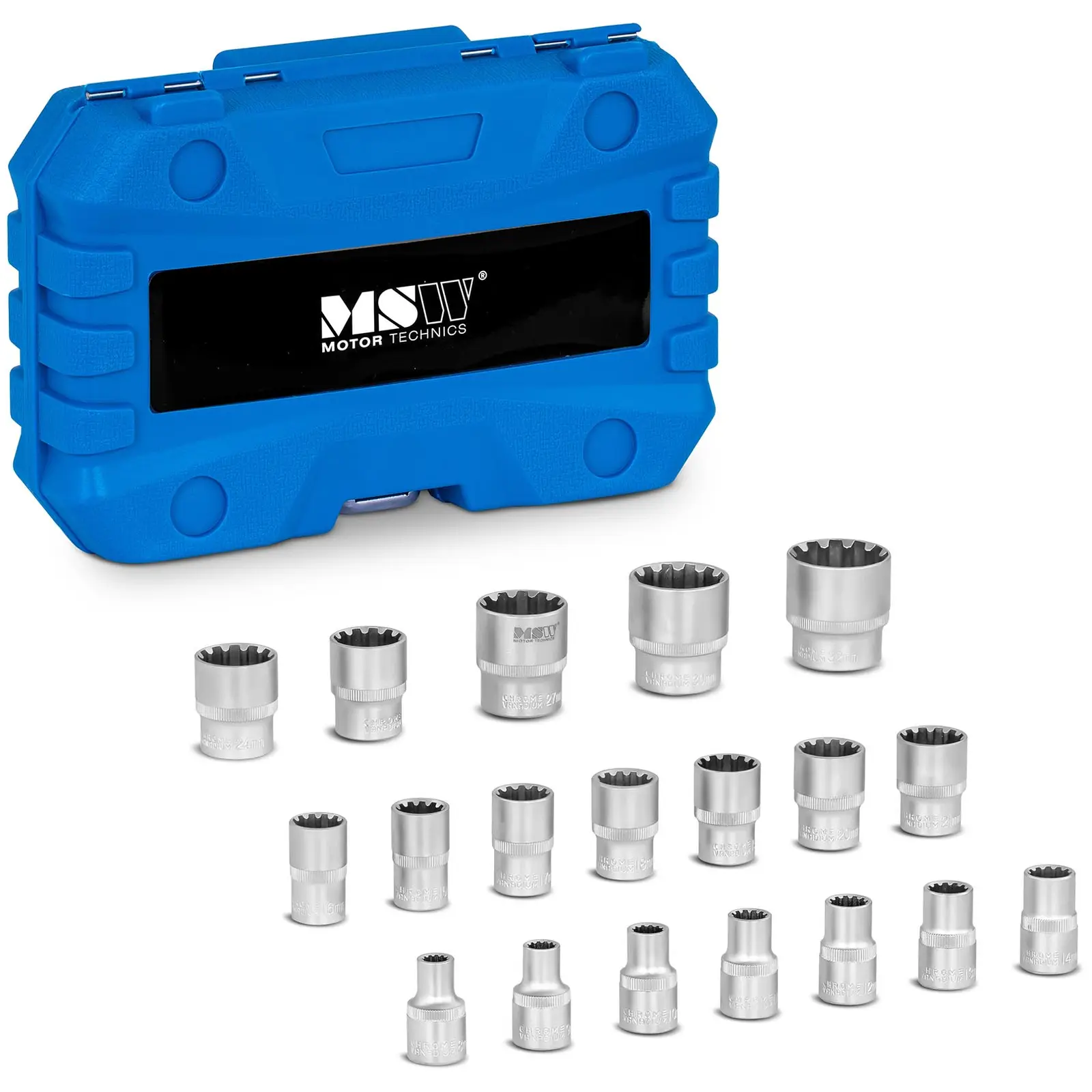
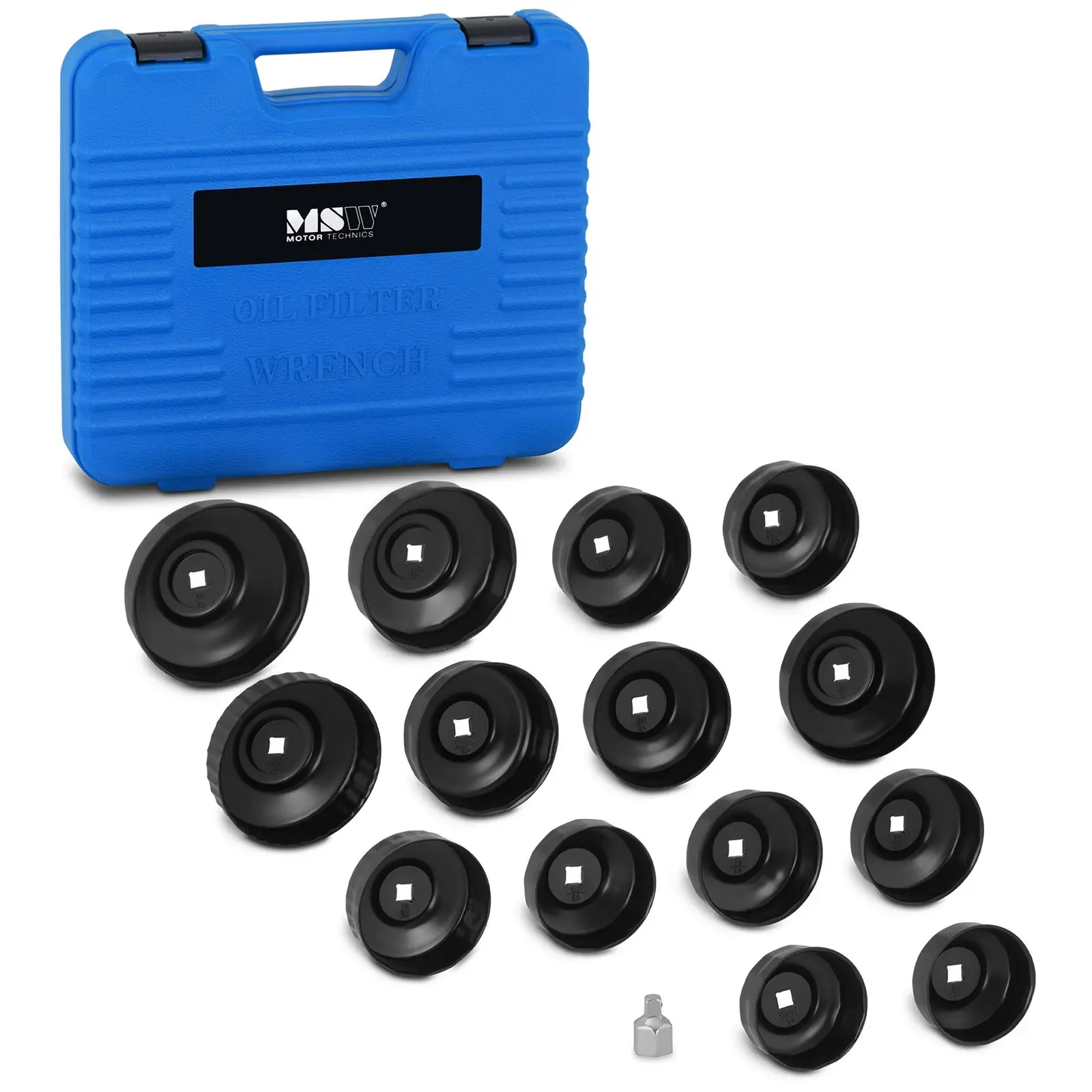

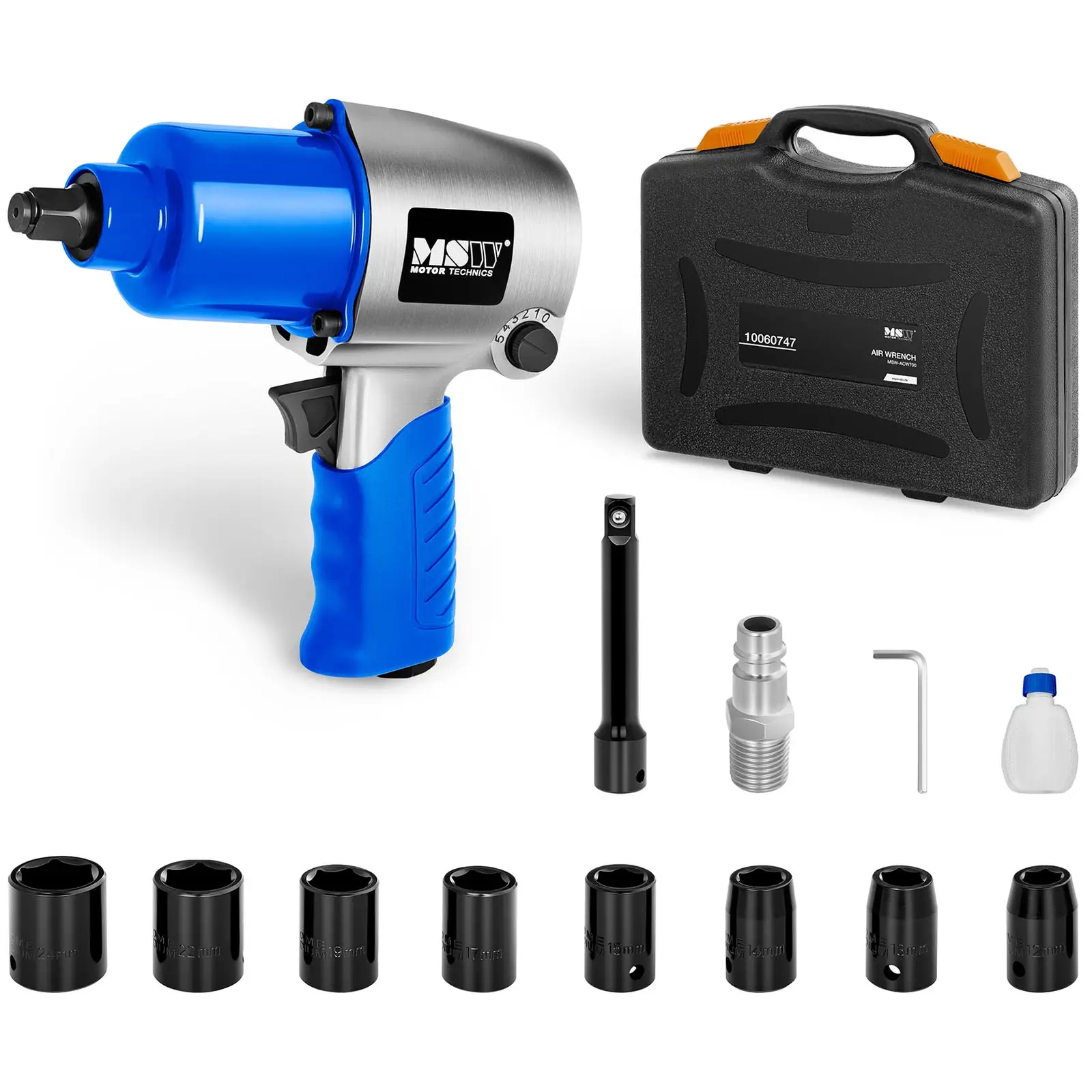
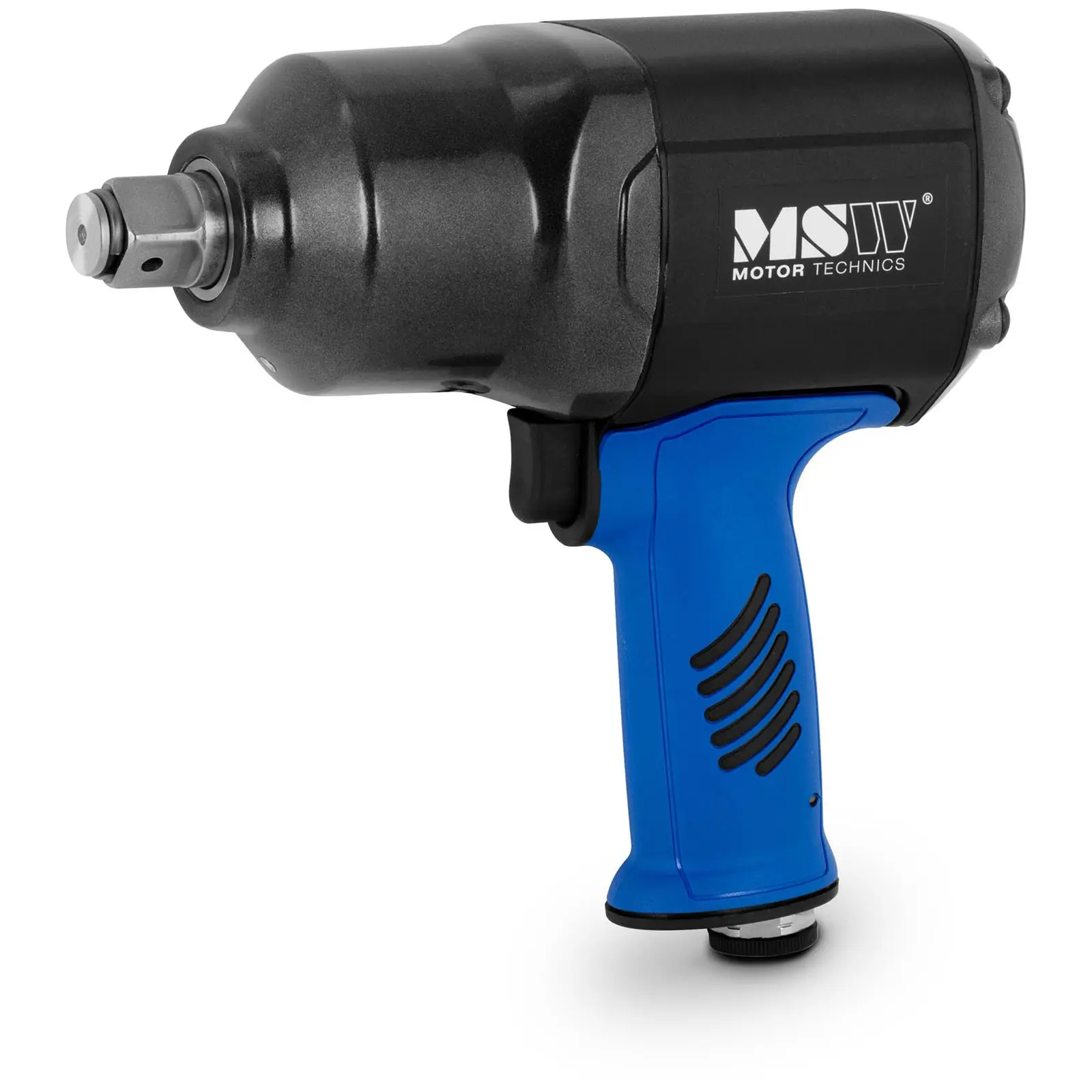



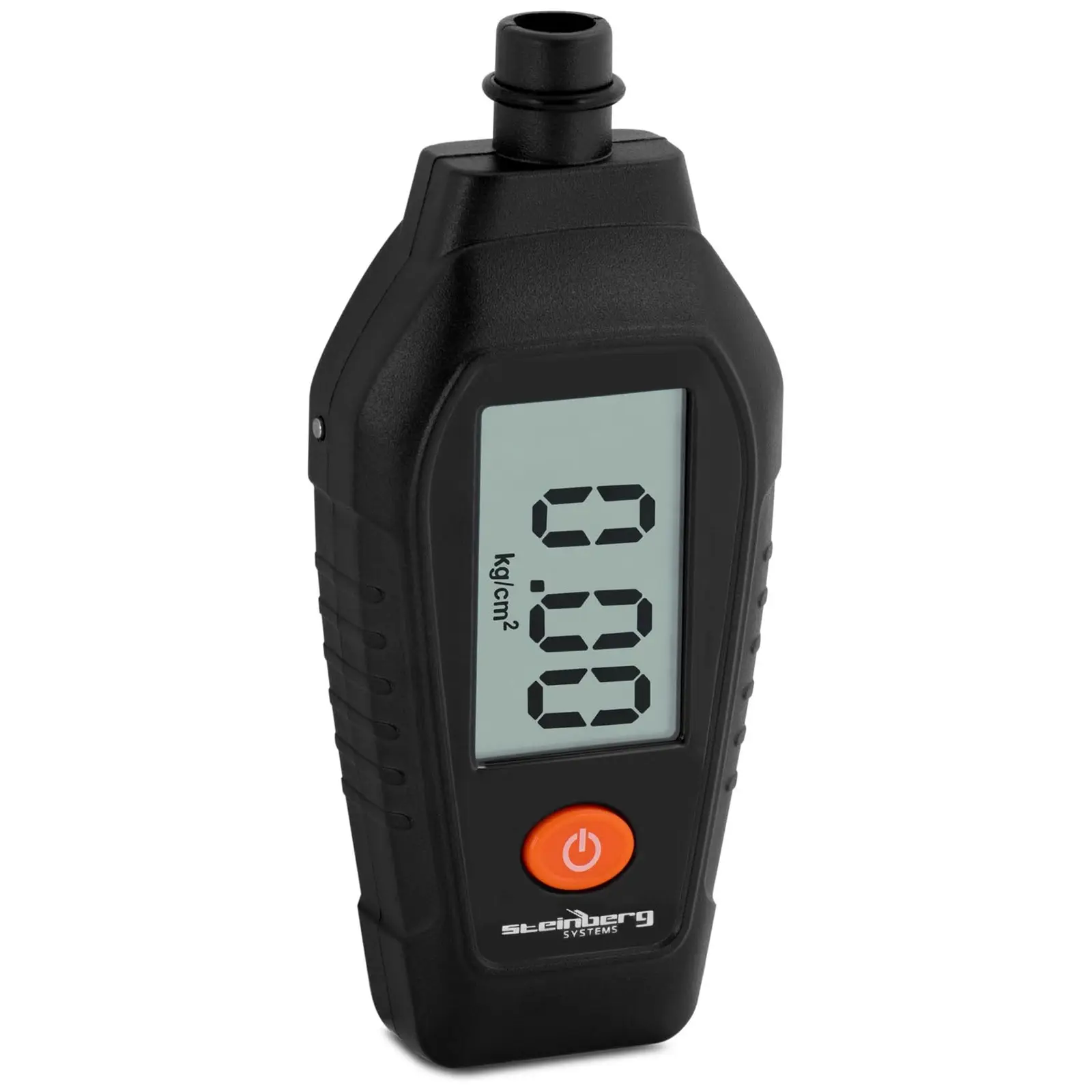

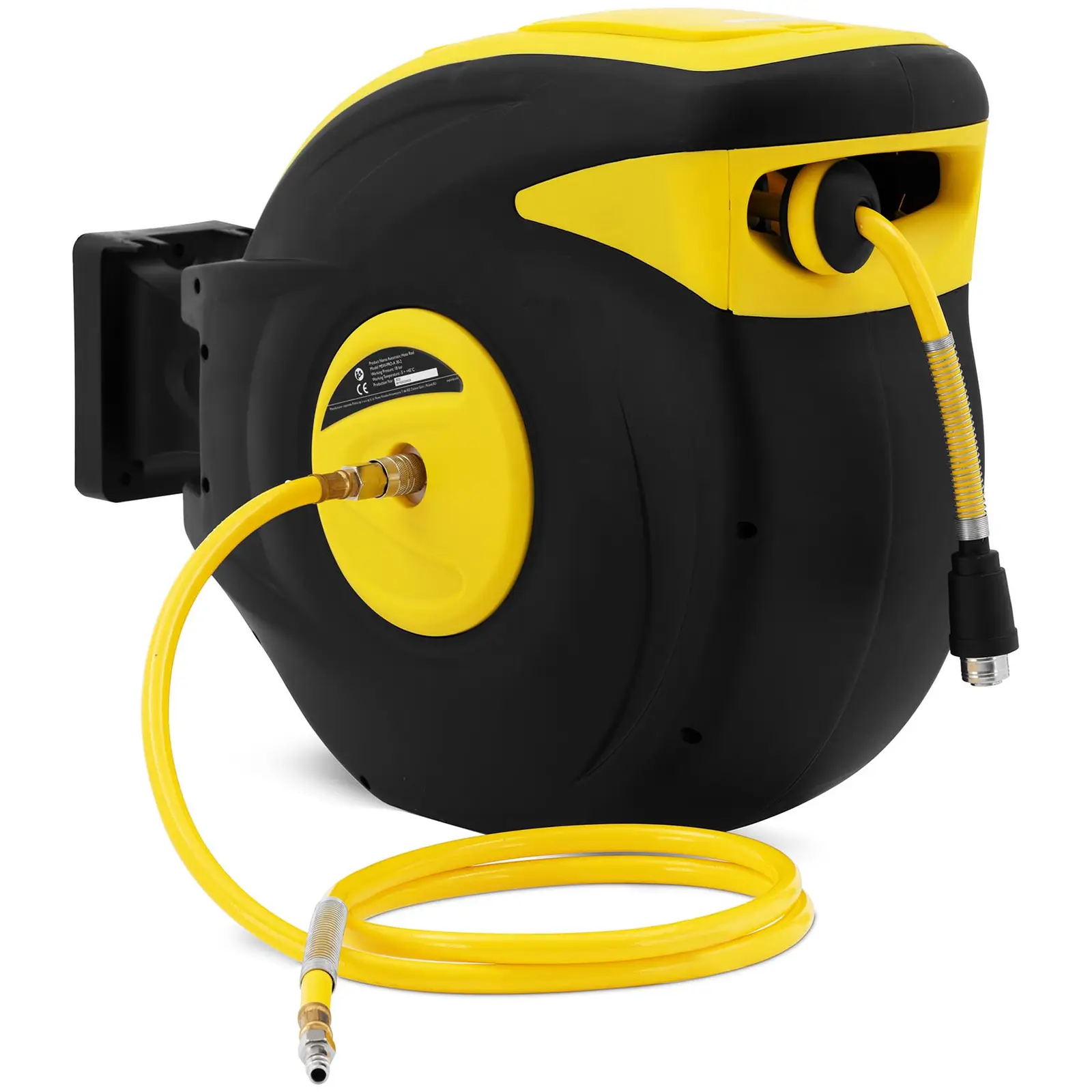

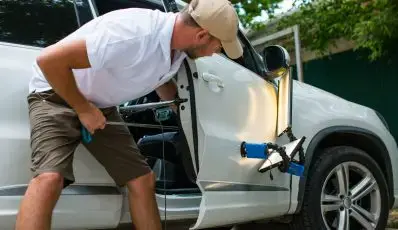

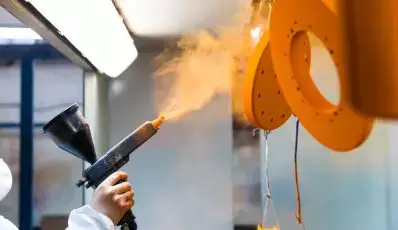
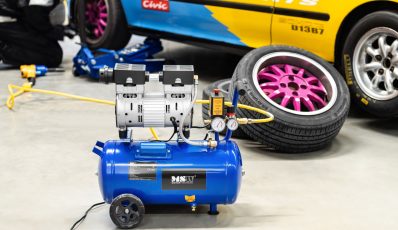

Share